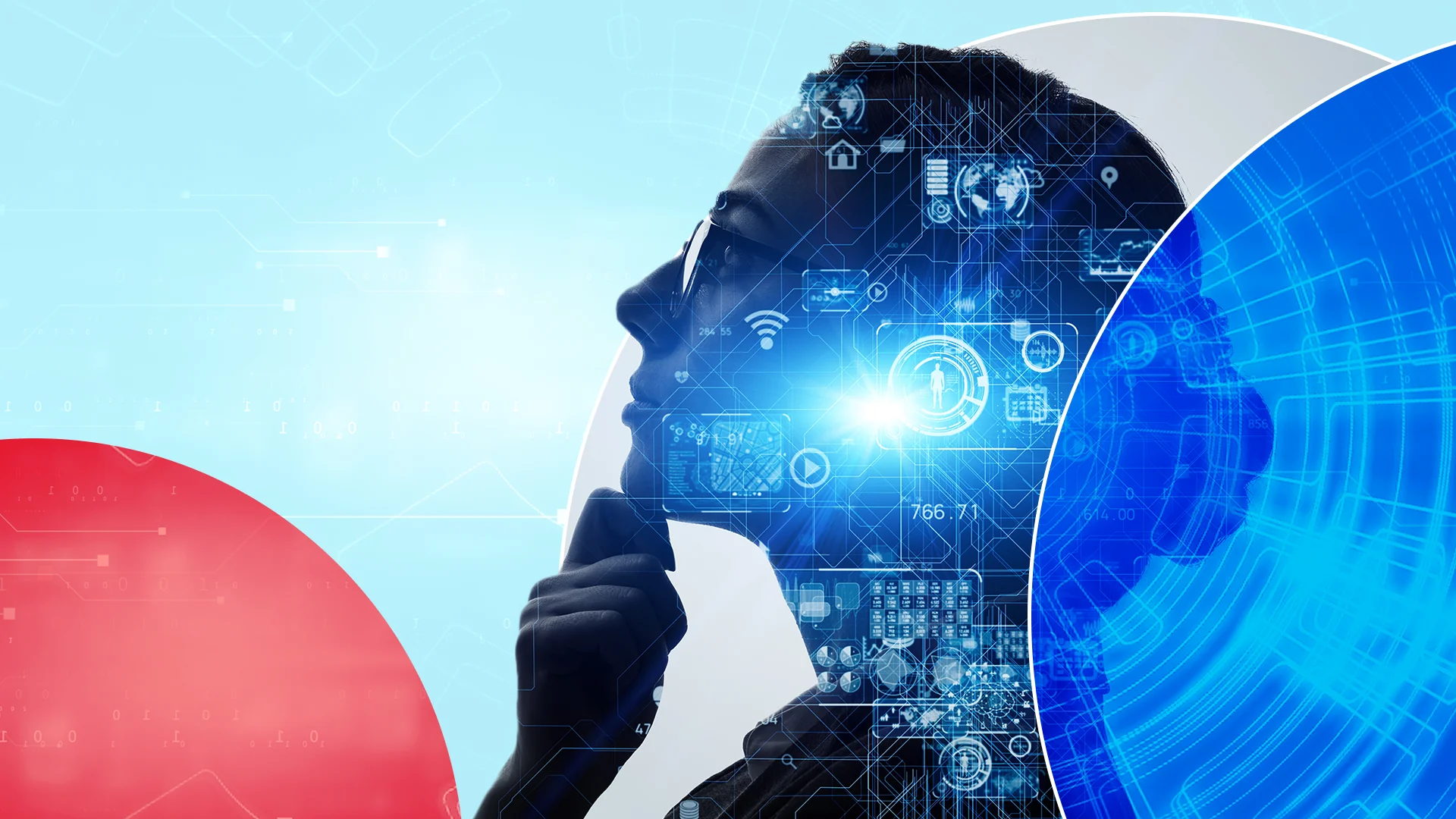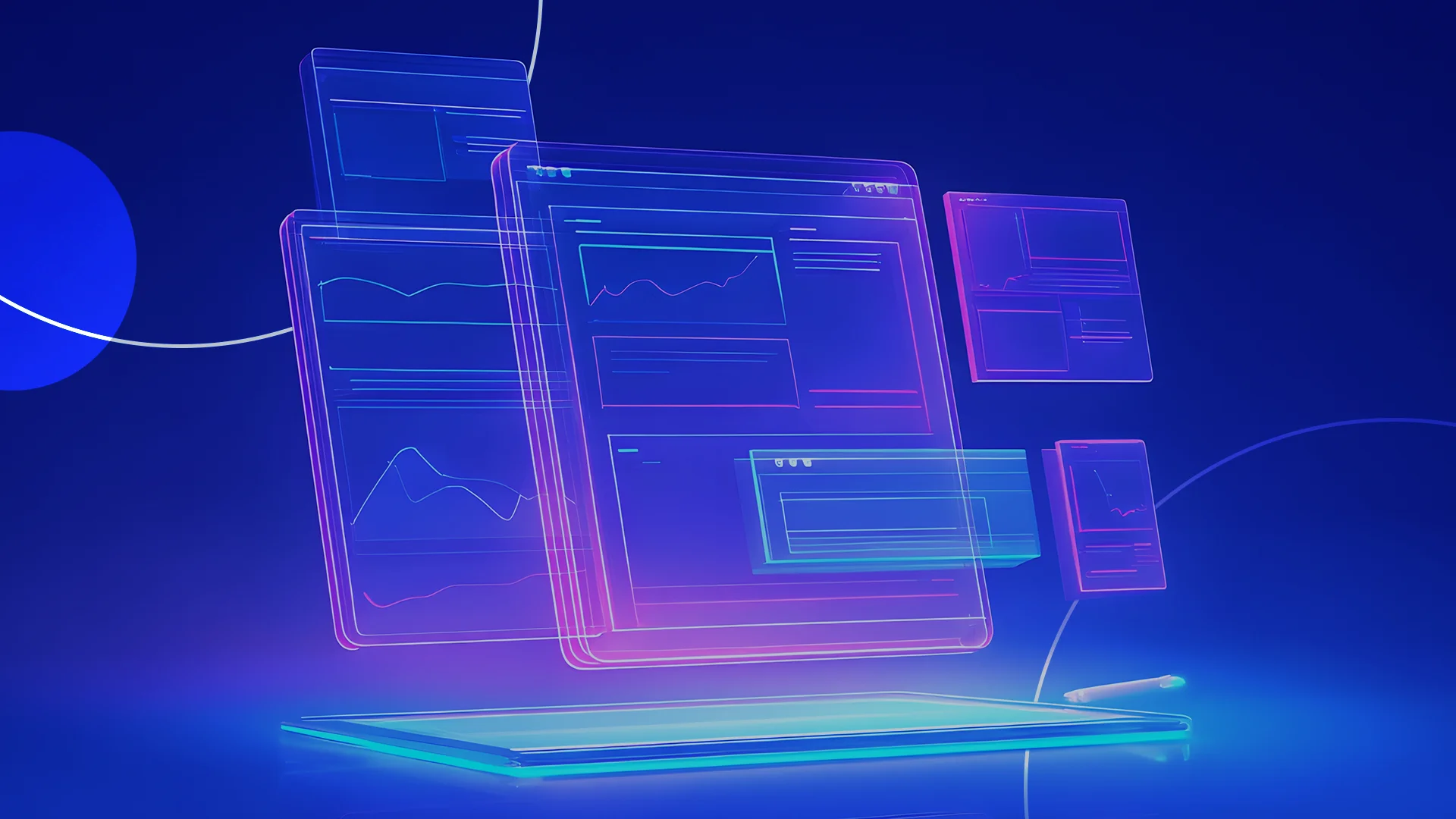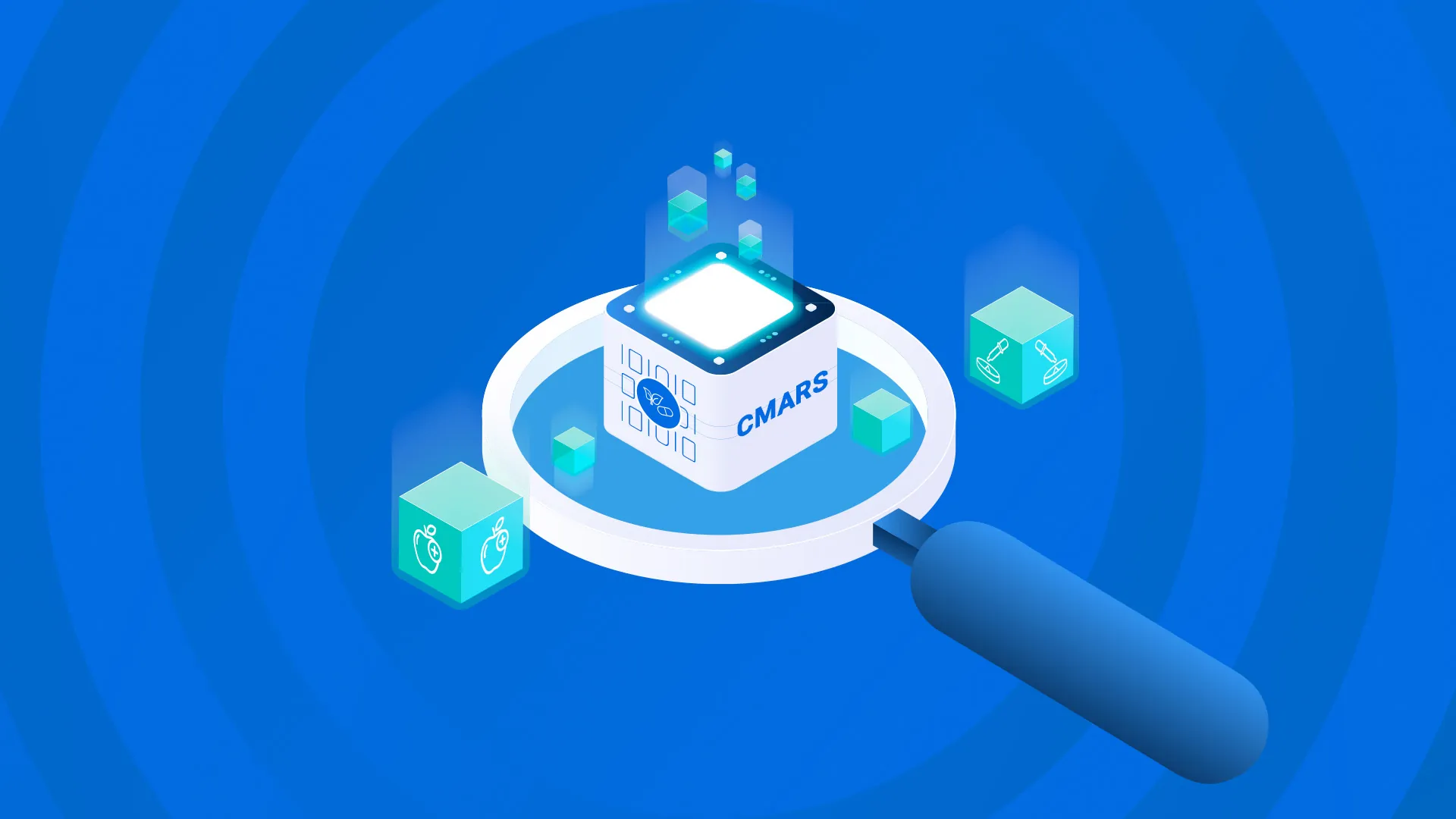The federal modernization journey can feel like a Herculean effort to keep pace with a digitally-dependent society—updating legacy systems; managing huge volumes of data; bolstering cybersecurity; and complying with mounting regulations and policies.
While transforming IT infrastructure is at the heart of modernization initiatives, it isn’t a panacea. Successful modernization also needs to consider the role of people and process. This requires a holistic strategy that starts with a clear vision pursued through informed planning, achievable goal setting, strong leadership support and proactive communication among all stakeholders.
Balancing these demands can prove challenging for agency leaders, impacting the pay-off of needed modernization initiatives. For instance, in 2023, the Government Accountability Office reported that the General Service Administration’s Technology Modernization Fund had received $1.23 billion in appropriations, with $636 million awarded to just 37 projects. Of those, eight had realized cost savings totaling $14.8 million; five anticipated further savings of $2.6 million. An additional 16 projects anticipated they might reach $738.6 million in combined savings. Thirteen projects neither anticipated nor had realized any cost savings at all.
Multiple factors influenced this mediocre result – likely including overlooking those broader people and process elements in planning project strategies. Fortunately, following proven best practices can guide modernization efforts toward yielding substantial and enduring returns.
Mindful Modernization™, a methodology developed by REI Systems, defines a practical framework that many agencies have used to thoughtfully design purposeful modernization initiatives. Five of its foundational principles can help guide more agencies in planning theirs:
1. Align Vision and Organization
Before beginning a modernization project, there must be alignment across all agency stakeholders—not just the IT team. Modernization roadmaps developed by the CIO or CTO, mission program office and financial and acquisition teams should be consistently structured to drive a common understanding of specific intended outcomes.
For example, a modernization initiative for the Food and Drug Administration’s Automated Laboratory Information System began by FDA defining four clear purposes for the project. They involved end users and other stakeholders to define success metrics and enlist their engagement in ongoing collaboration. REI Systems worked with the FDA to identify challenges and gaps in the legacy system and used those to create a phased modernization roadmap that encompassed organizational change management, human-centered design and agile development. This approach ultimately delivered a modernized, cloud-native microservices-based application that meets broad mission requirements.
2. Implement an Agile Phased Approach
The traditional “waterfall” lifecycle that Federal agencies have relied on for decades has proven unacceptably risky, unacceptably long, filled with hidden costs, and a leading cause of siloed and inflexible IT systems. Instead, Agile methodologies follow a sequence of steps—planning, designing, developing, testing, deploying and reviewing—to divide projects into smaller, manageable phases for iterative development and deployment.
Agile facilitates continuous improvement and collaboration, slashing the risks and costs of comprehensive IT overhauls. It promotes strategic modernization by focusing upgrades where they are most needed and encourages innovation in high-impact areas while still allowing for flexibility in the modernization strategy. REI Systems has supported multiple Federal projects where implementing Agile methodologies enabled agency teams to refine strategies, features and priorities throughout the project, identifying and resolving issues early to optimize spending and resource utilization.
3. Manage Risks Proactively
All innovation involves some level of risk. Effective risk management comes from defensively identifying potential sources of risk, then working to stay ahead of them while increasing flexibility for IT leaders to accelerate decisions as needs change. Iterating deployments, fostering open communication and candidly discussing transformation benefits and challenges will enable agency leaders to mindfully update their modernization roadmap as priorities shift, so IT teams can quickly adjust.
4. Foster Transparency and Stakeholder Engagement
Transparency around modernization efforts is essential to achieving stakeholder buy-in. Everyone affected by a change should be clear on the end goals and the strategy to achieve them. Remember that complex systems must translate to non-technical audiences.
Structured change management is key to smooth technology and process transitions. That involves actively listening to and soliciting feedback from all stakeholders. Active collaboration helps identify gaps and challenges, thereby improving acceptance of the changed environment.
Such openness also allows IT teams to leverage insights from application development partners that are vital for discovering the most effective modernization paths.
5. Encourage Continuous Learning and Improvement
Modernization journeys don’t have an end date. Beyond strategies for upgrading and innovating systems, innovation also applies to skills, talent, workflows and processes. Leaders should encourage employees to keep learning about new technologies and platforms to align with evolving customer needs and expectations. As technology progresses, so should the IT team’s expertise.
For example, with the US Citizenship and Immigration Services agency, REI created a specialized UX team, which audited the design system of the modernized solution and strategically aligned projects with organizational goals. Our approach enhanced consistency, reduced errors and improved incident response, freeing the specific teams to focus on important enhancements.
Get Started with Mindful Modernization™
While each modernization journey is unique, following proven practices will help to transform an agency’s mindset, operations, and technology into a holistic, customer-centric asset that improves government operations and services.
As agency leaders form a future vision, REI Systems’ Mindful Modernization™ approach offers a comprehensive, proven blueprint to guide successful achievement of critical modernization goals.




